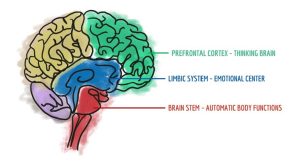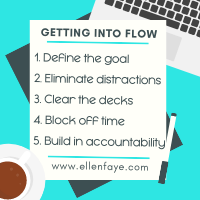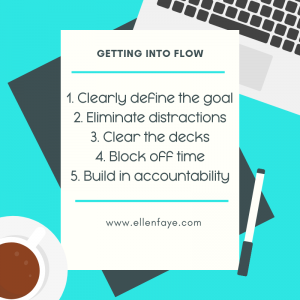23 Sep The Productivity – Stress – Flow Connection
The brain cannot do its best productive work when overstressed, anxious, or under threat.
A lot is written today about stress and anxiety. We know exercise, meditation, and good sleep help reduce stress. However, little is discussed about the effects of stress and anxiety on our productivity. In a nutshell, the brain cannot do its best productive work when overstressed, anxious, or under threat. (Excerpts from Chapter 3 of Productivity for How You’re Wired.)
Here’s the neuroscience:
Neuroscientist Paul MacLean’s Triune Brain Model provides a straightforward model to understand the impact of fear and stress on the brain in conjunction with evolution and the hierarchy of brain functions. MacLean describes the brain in terms of three regions:
Brain Stem: From an evolutionary perspective, the brain stem is the oldest part of the brain. It controls bodily functions without thought or effort. This part of our brain operates on “autopilot.”
Limbic System: Next in evolutionary age is the limbic system. This is the emotional center of our brain. It is home to the amygdala, the part of the brain that houses the fight, flight, or freeze response. We have some control over our emotions, but under threat or too much stress, the amygdala automatically “hijacks” our thinking brain and takes over.
Prefrontal Cortex: Newest, and least on autopilot, is our Prefrontal Cortex (PFC), our thinking brain. It is here we plan, anticipate, think, and learn. The PFC is where innovation and creative thought occur. It houses our working memory and supports our ability to organize information and draw conclusions.
The PFC and the amygdala compete for control of the brain. When we are our most productive selves, we are functioning from the PFC. However, when there is too much stress, anxiety, or fear, the emotionally driven amygdala kicks in. We move from thinking and being productive to a fight, flight, or freeze state.
When under treat, anxious, or overstressed, our productivity tanks because we’ve moved from our thinking brain to our emotional brain.
Flow
Doing one’s most effective work occurs when a person is in flow. Mihaly Csikszentmihalyi, the architect of positive psychology’s flow state, defines flow as “a powerful and rewarding psychological state that makes extra effort seem worthwhile.”
When in flow work feels like play, time flies (and stands still,) and productivity soars. To be our most productive selves, to be in flow, we need to function from our PFC, our thinking brain.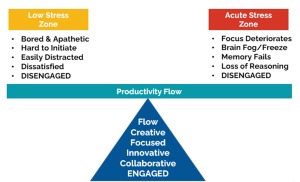
When under too much stress, anxiety can be paralyzing. You may relate to that feeling when you get a note from the boss saying “come see me,” or a long-time client calls and says “can we talk?” Just when we need to be at our best, we freeze up and our emotional brain takes charge.
Without enough stress, the brain struggles to move into action. Waiting until the 11th hour to begin a project causes enough stress to move the brain into productivity flow.
Strategies for Getting and Staying in Productivity Flow
The emotional limbic brain almost always wins unless we learn how to manage it. To be in productivity flow we need to employ strategies to help us manage the stress.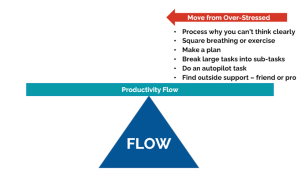
Knowledge is power! When you start to feel anxious or lose focus, it’s empowering to stop and think — I know what’s going on here. When you realize that what is happening in your brain is the normal physiologic stress response, you can take back control. Deep breathing, a walk, or other calming activity can help, but sometimes simply understanding what is happening is enough to pull you back into productivity flow.




